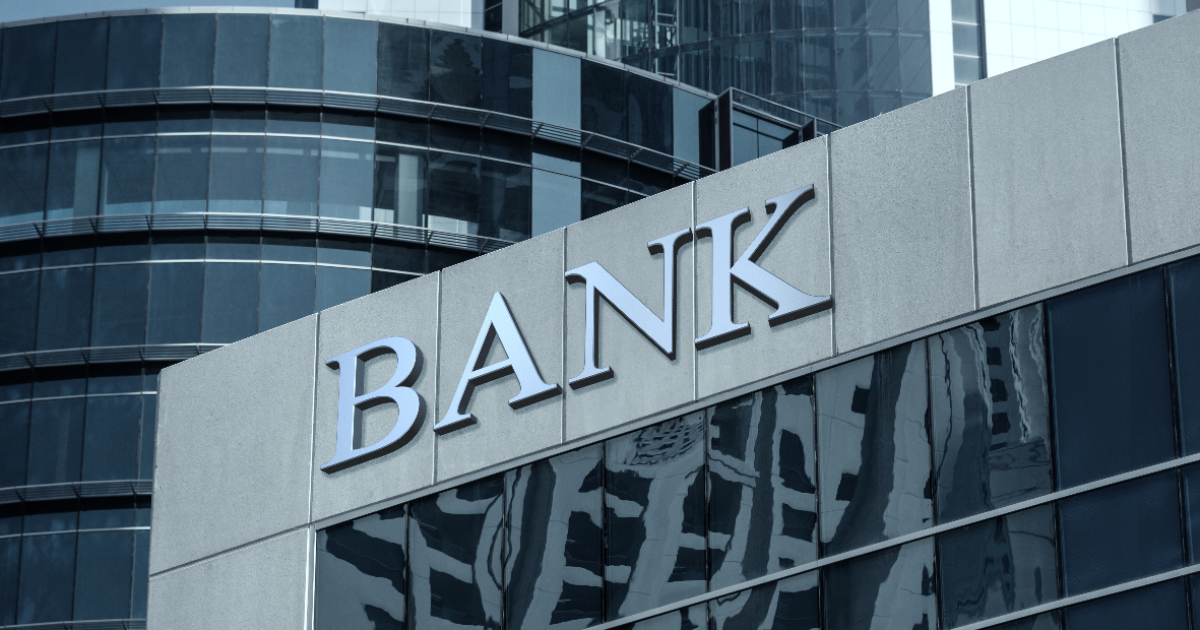
Deutsche Bank Aktiengesellschaft (NYSE:DB) struggles with a low Return on Invested Capital (ROIC) of 0.82% compared to its Weighted Average Cost of Capital (WACC) of 14.17%, indicating challenges in generating value for shareholders.
Barclays PLC (NYSE:BCS) exhibits a more favorable ROIC to WACC ratio, suggesting better capital efficiency and attractiveness to investors.
HSBC Holdings plc (NYSE:HSBC) leads with the highest ROIC to WACC ratio among its peers, showcasing superior efficiency in generating returns over its cost of capital.
Deutsche Bank Aktiengesellschaft (NYSE:DB) operates in the competitive global banking and financial services sector. It offers a broad spectrum of services, including investment banking, asset management, and corporate banking. Despite its extensive portfolio and global presence, Deutsche Bank’s Return on Invested Capital (ROIC) of 0.82% compared to its Weighted Average Cost of Capital (WACC) of 14.17% indicates a challenge in generating returns that exceed its capital costs. This is a critical measure, as it suggests the bank is currently not creating value for its shareholders above the cost of the capital it uses.
In contrast, Barclays PLC (NYSE:BCS), another major player in the financial services industry, shows a more favorable ROIC to WACC ratio of 0.109. This indicates that Barclays is more efficient in using its capital to generate returns, making it a potentially more attractive option for investors looking for efficient capital allocation.
UBS Group AG (NYSE:UBS) and Lloyds Banking Group plc (NYSE:LYG) also present interesting comparisons. UBS, with a ROIC of 0.19% and a WACC of 6.68%, has a lower efficiency ratio than Deutsche Bank, suggesting it faces even greater challenges in value creation. On the other hand, Lloyds Banking Group, primarily focused on the UK market, demonstrates a significantly higher efficiency with a ROIC to WACC ratio of 0.210, indicating a strong ability to generate returns over its cost of capital.
HSBC Holdings plc (NYSE:HSBC), with the highest ROIC to WACC ratio of 0.260 among the peers, showcases its superior efficiency in generating returns over its cost of capital. This highlights HSBC’s effective capital allocation and value creation capabilities, setting a benchmark for Deutsche Bank and its other peers.
This analysis underscores the importance of the ROIC to WACC ratio as a measure of a company’s ability to create value over its cost of capital. For Deutsche Bank, the comparison with its peers reveals a need to improve its capital efficiency to enhance value creation for its shareholders.

